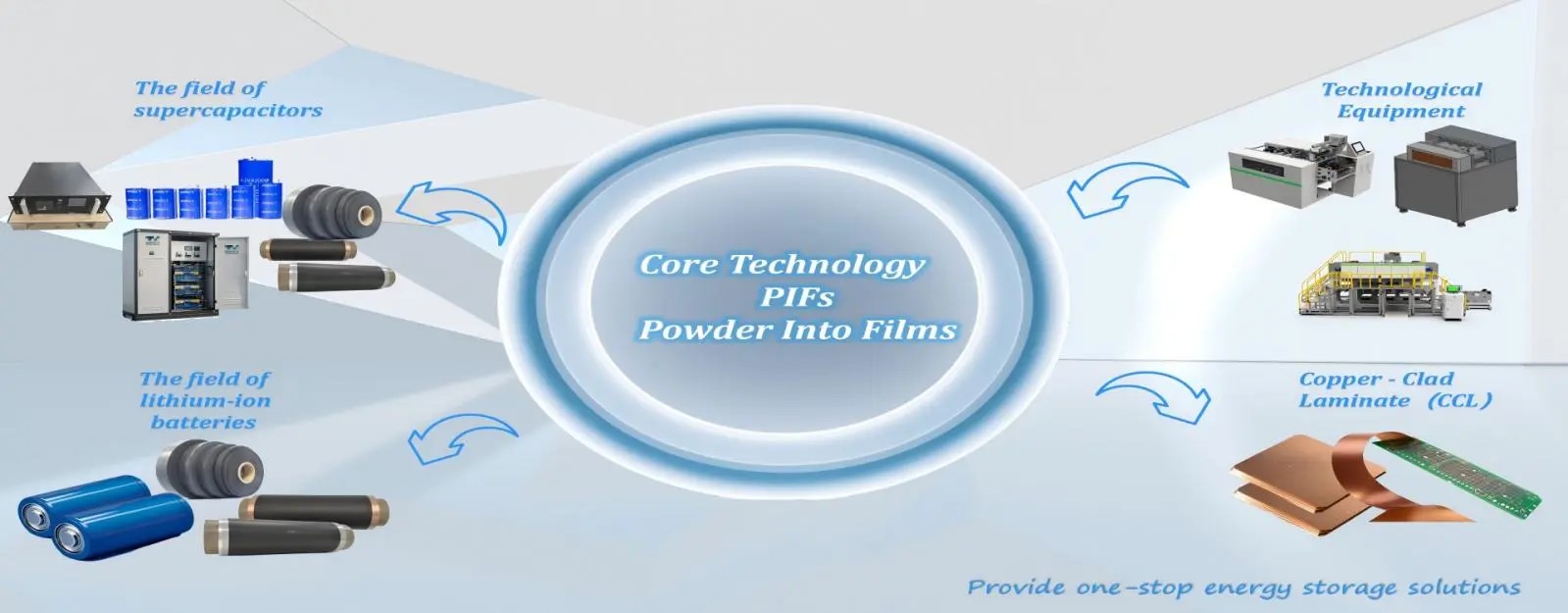When technology enables the reconstruction of manufacturing logic, equipment becomes the source of industrial vitality.
In the early stages of lithium battery manufacturing, subtle changes are occurring. Some companies are seeking to simplify the electrode preparation process and are beginning to experiment with dry electrode preparation.
Dry electrodes are not a new concept; they were applied in European and American laboratories as early as 1982. However, the industry’s concentrated attention on dry electrodes began three years ago with a “conspiracy” by Tesla. In 2019, Tesla acquired Maxwell for $235 million in stock, a premium of over 55%. Maxwell’s core technology is dry electrode technology. The following year, Tesla introduced the 4680 cylindrical battery on Battery Day, announcing that it would apply dry electrode technology in this new cylindrical battery system. The application of dry electrode technology in both positive and negative electrode materials can eliminate the need for solvents, enhance the performance advantages of the electrodes, and reduce equipment investment due to simplified processes. However, the industrialization of dry electrode preparation still lags behind the wet method. Earlier this year, Tesla’s pilot plant in Fremont, California, produced its one-millionth 4680 battery. The industrialization “hurricane” of the 4680 cylindrical battery is sweeping in, making the breakthrough of dry electrode technology an urgent task.

In the early stages of lithium battery manufacturing, the wet electrode preparation process is already very mature. The process involves mixing, coating, drying, NMP recovery, and rolling, transitioning the electrode from dry to wet and back to dry. The wet process is relatively simple; with the “wet” state, the slurry has good fluidity and fewer bubbles, significantly improving the efficiency of electrode preparation and laying a solid foundation for the power battery to move towards the TWh era. Compared to the wet method, the dry process has four major advantages:
Simplified Production Process: The core of dry electrode preparation is the abandonment of “wet.” The dry method does not use binders or solvents, simplifying the slurry preparation, coating, drying, and solvent recovery processes in the wet method.
Increased Energy Density: Dry-prepared electrodes can have higher compaction density, accommodating more active material. Additionally, as solvents are gradually abandoned, the integration of negative electrode materials improves, facilitating lithium supplementation and reducing initial cycle capacity loss. Currently, the energy density of dry electrodes exceeds 300Wh/kg, with a long-term goal of reaching 500Wh/kg.
Compatibility with Battery Systems: The power battery material system is gradually evolving towards high-nickel and silicon-doped materials. Dry electrode technology can reduce the impact of humidity on the performance of high-nickel positive electrodes and better withstand the expansion of silicon-based negative electrodes.
Extended Lifespan: Without binders, the battery’s lifespan is significantly improved.
The difficulty of choice lies in the dilemma between what should be and what is easy. Comparing the two methods, wet electrode preparation is currently mature, while dry electrode mass production represents a possibility of “extreme simplification.” The vision for dry electrode preparation is promising: smaller plant and equipment areas, lower energy consumption, and reduced battery costs. However, implementing the abandonment of “wet” in commercial applications is not easy. In 1991, Sony explored the commercial use of the wet method, which has since become the mainstream for electrode preparation, precisely to avoid the feasibility, efficiency, and consistency issues of dry preparation. However, changes are quietly happening in dry electrode preparation. The rapid industrialization of the 4680 cylindrical battery is at a critical juncture, requiring both scale expansion and process upgrades. As the dry electrode preparation process matures, exponential growth is more likely. As a representative enterprise of domestic lithium battery equipment, Jiatuo Intelligent is also accelerating the research and application of dry electrode preparation technology. Zhou Yan stated that Jiatuo’s exploration of dry preparation began in 2015, leading to the establishment of a dry laboratory and gradually achieving film formation verification for mainstream battery materials. The results of dry electrode preparation technology have successively emerged, and Jiatuo Intelligent’s dry electrode preparation process has grown steadily from initial skepticism to having peers alongside today.
As an extension of the human body, equipment and process iterations should endow manufacturing with stronger vitality. Focusing solely on capacity targets and chasing them through mechanical replication may be putting the cart before the horse. Discussions on dry electrode preparation inevitably involve fundamental innovations in equipment. The electrode film forming process equipment—double steel belt system—uses double steel belt rolling technology to manufacture self-supporting films for dry electrodes. The steel belt system can serve as a carrier for self-supporting electrode films, reducing the occurrence of belt breaks during roll-to-roll manufacturing and high-speed movement. The electrode film forming and thinning process equipment—multi-stage rolling—uses rolling technology to compress powder into thick films, which are then thinned through multiple hot pressings and either rolled or compounded with current collectors, ensuring continuous film thinning to the specified thickness and increasing compaction density.
The future of dry electrode technology is promising. With the development of dry electrode processes, electrode energy density can be increased to 500Wh/kg, with a 25% increase in battery energy density every two years and a continuous 10% reduction in costs, breaking through the energy density bottleneck of ternary lithium batteries. Although the current stage cannot demand the same mass production results from the dry method as from the wet method, industrial miracles should be accompanied by the question, “Has it always been this way?” Facing the challenges of a new industrial cycle, we should have the courage to break and rebuild, promoting a self-revolution.